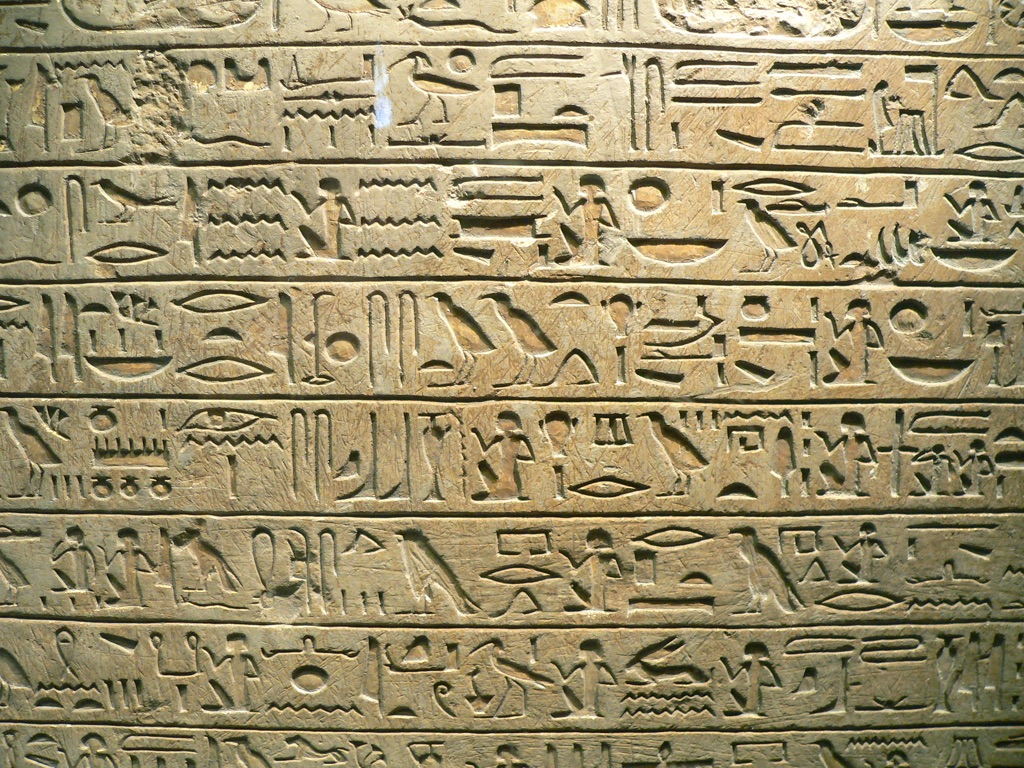Summary
Unlocking the Secrets of Hieroglyphics
Ancient Egyptian hieroglyphics stand as one of history’s greatest linguistic mysteries. These intricate symbols once served as the formal writing system for one of the world’s most advanced ancient civilizations. The symbols, a blend of logograms and alphabetic elements, graced the walls of majestic pyramids and tombs, holding sacred texts and royal decrees. For centuries, deciphering the language remained a challenge. The Rosetta Stone, discovered in 1799, became the key that unlocked the ancient script. It provided the much-needed bilingual text that allowed scholars to crack the code of hieroglyphics. Through this remarkable artifact, we uncovered the vibrant culture, complex rituals, and storied history of ancient Egypt. This fascinating journey into the past sheds light on how pharaohs communicated with their people and gods alike.
Get your dose of History via Email
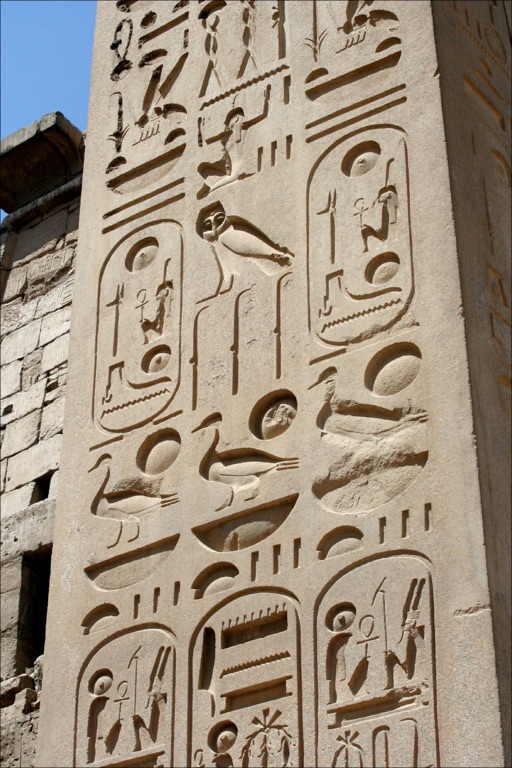
Revealing a Rich Cultural Tapestry of Hieroglyphics
The study of hieroglyphics has opened a window into ancient Egyptian society. With the language decoded, we can now explore vast libraries of knowledge once locked away. Among the texts are medical manuals, literary works, and administrative records. The symbols reveal a society rich in religion and mythology. They also highlight the Egyptians’ understanding of math and astronomy. The process of deciphering hieroglyphics has not only given voice to an ancient people but also enhanced our understanding of early human civilization. Scholars continue to analyze these symbols, piecing together the lives of the Egyptians. From the construction of grand architectures to everyday life by the Nile, hieroglyphics provide a link to our shared human heritage.
The Development of Hieroglyphic Writing
Origins of the Egyptian Hieroglyphics
Picture a time when spoken words started taking shape on stone and pottery. This marks the birth of hieroglyphic writing. Emerging in ancient Egypt over 5,000 years ago, it was one of the earliest writing forms. Early Egyptians aimed to record their complex language and bustling culture. They carved delicate symbols on temple walls, tombs, and monuments. Each symbol bore a wealth of meaning, representing objects, sounds, and ideas. Priests and scribes used it to document divine words and royal decrees. This ancient script reflects the Egyptians’ mastered ability to blend art with communication.
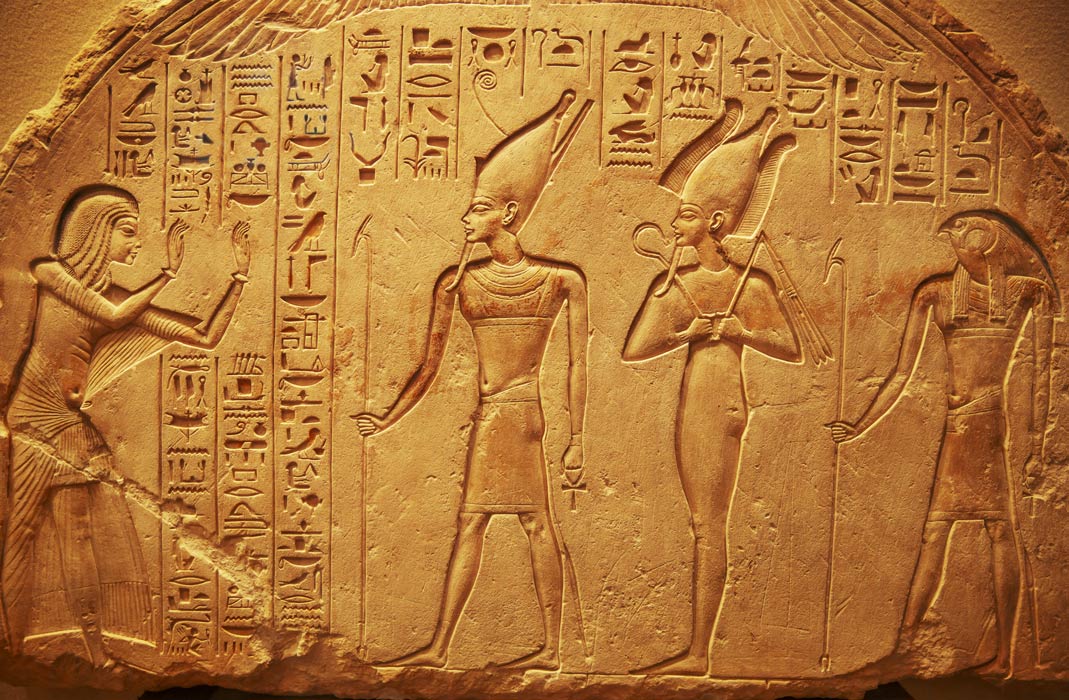
Evolving Symbols and Meanings of Hieroglyphics
As years rolled by, the script grew richer and more nuanced. Hieroglyphics were no mere pictures; they became a sophisticated language system. Scribes crafted a system of over 700 unique signs. Deep within the halls of temples, these symbols unfolded stories and secrets. Picture the iconic ankh, signifying life, or the scarab representing regeneration. It’s notable that hieroglyphics were not just for the mundane. They often graced sacred spaces, serving a higher purpose. They aided in bridging the human and divine, securing a path to immortality for the departed. The versatility of the language was its cornerstone, able to evolve yet retaining its essence.
Rediscovery in the Modern Era
The winds of time buried hieroglyphic writing, rendering it a lost art for centuries. But in the 19th century, a breakthrough occurred. The discovery of the Rosetta Stone unlocked the ancient language. Hieroglyphics were no longer silent enigmas on dusty relics. Experts deciphered the symbols, uncovering a long-forgotten world. Today, we continue to marvel at the complexity and beauty of hieroglyphic writing. We piece together fragments of history, bringing life to the stories of the ancients. This revival nourishes our understanding of a remarkable civilization and its lasting legacy in the world of writing and art.
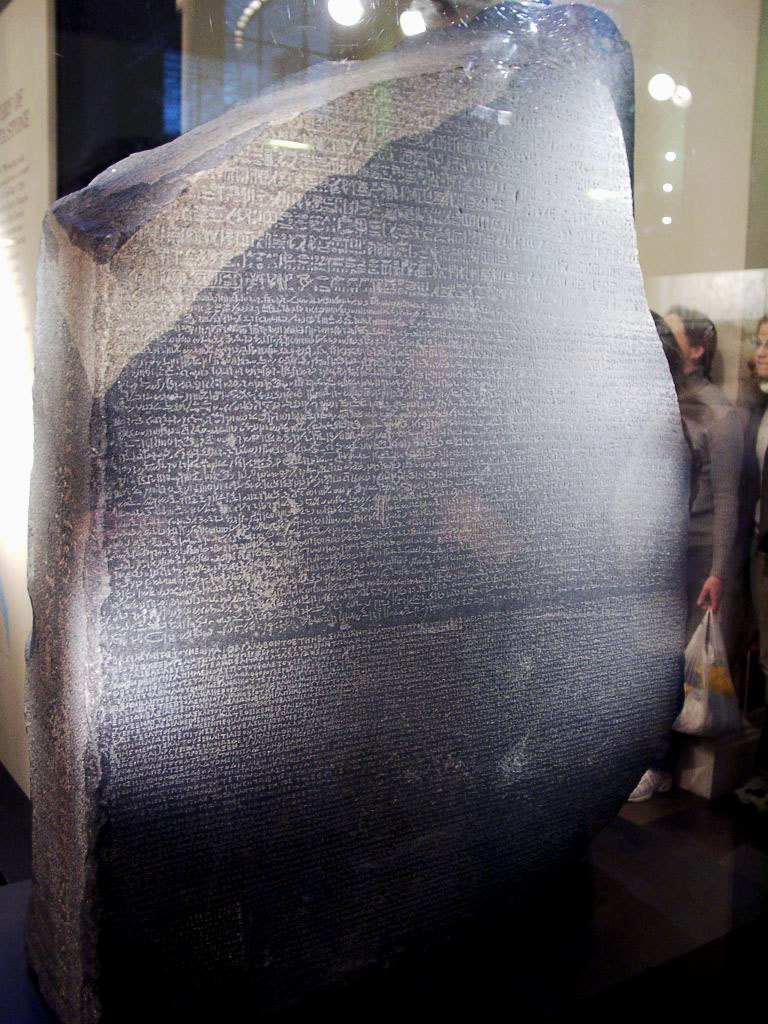
Decoding Hieroglyphics: The Rosetta Stone
The Discovery That Illuminated Ancient Egypt
In 1799, the Rosetta Stone emerged as a beacon of understanding, revealing the secrets of the ancient Egyptians. Unearthed by French soldiers in the town of Rosetta, this slab covered in text became the key to decoding hieroglyphics. It bore inscriptions in three scripts—hieroglyphic, demotic, and ancient Greek. Scholars realized that it held the same decree in all three scripts. Thus, it provided a comparative tool for linguists to unlock the symbols that had baffled them for centuries.
Cracking the Hieroglyphic Code
The Rosetta Stone’s ancient Greek inscription was the first to yield its secrets. This known language served as the foundation for translation. Scholars noticed that the hieroglyphic text matched the Greek in content. It led to a breakthrough by Jean-François Champollion in 1822. Putting his knowledge of Coptic, a later form of Egyptian, to use, he matched sounds to symbols. This was how hieroglyphics transformed from mysterious symbols to a readable ancient language. His work enlightened the world about Egypt’s history, religion, culture and facts about hieroglyphics.
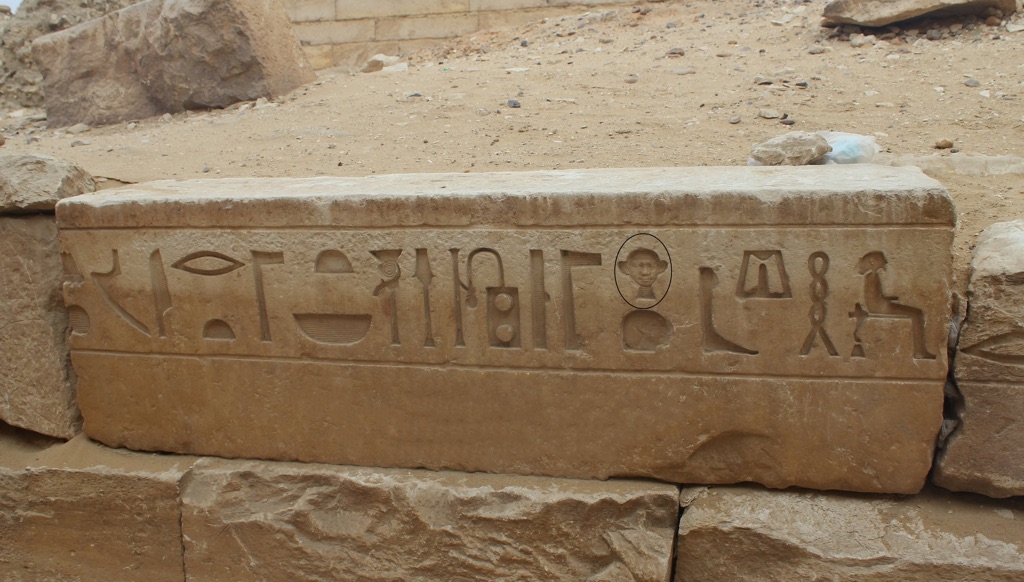
The Lasting Impact of the Rosetta Stone
The Rosetta Stone has had an enduring impact on archaeology and Egyptology. Its discovery allowed historians to connect with the world of the pharaohs on an unprecedented level. No longer silent pictures, hieroglyphics began telling stories of the past. As a result, our understanding of ancient civilizations advanced significantly. This stone is a symbol of linguistic accomplishment and stands as a testament to human curiosity and the desire for knowledge. It remains one of the most significant historical relics, attracting scholars and the public alike to its home in the British Museum.
The Chronology of Ancient Civilizations
Exploring the time frames of bygone eras often begins with dating methods. Archaeologists use techniques like carbon dating to determine the age of artifacts. This crucial step often uncovers timelines for entire civilizations. Artifacts are not just objects; they represent a bridge to our shared past. When we find a tool or a piece of pottery, we add pages to the history of humanity. These items help us understand the age of a settlement or the length of a dynasty.
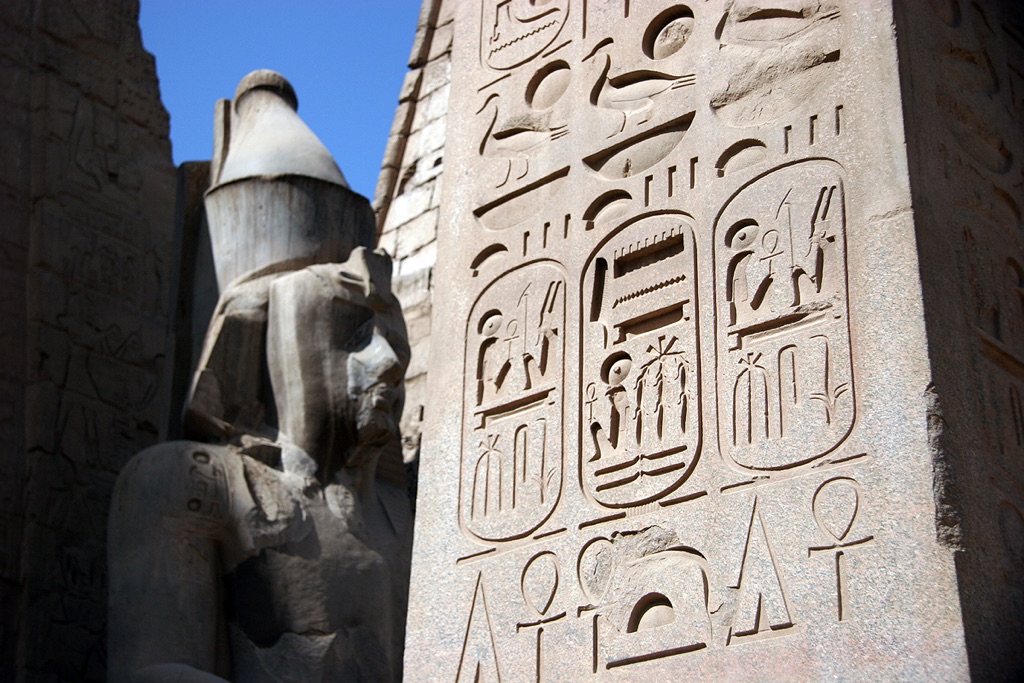
Ancient Dating Techniques
Surface exposure dating and dendrochronology offer more clues. With surface exposure, we learn how long an object has been exposed to cosmic rays. It’s fascinating to analyze and understand. Dendrochronology, or tree-ring dating, helps us figure out climate patterns and chronological events. These methods shine a light on the past in ways stories alone can’t. They bridge the gap between the physical and the historical world. With these tools, we can precisely map out timelines of historical sites or artifacts.
Unraveling Historical Mysteries of Hieroglyphics
Theories also play a big part in deciphering history. They spark debates and curiosity among scholars and enthusiasts. At times, the evidence is unclear, leaving room for interpretation. For example, the purpose of Stonehenge still puzzles experts. Some theories suggest it was a burial ground; others see it as an astronomical observatory. These theories push us to dig deeper and look at history from new angles. They encourage continuous research and engagement with the past.
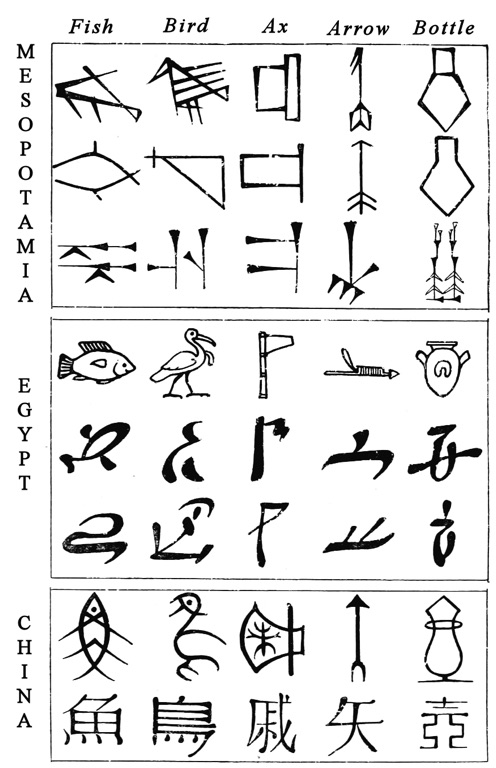
Cultural Significance and Interpretations
Understanding the cultural significance of historical sites brings us closer to ancestors long gone. For instance, the Great Pyramids of Giza aren’t just tombs for pharaohs. They are symbols of architectural genius and hold centuries of Egyptian culture. Interpretations of historical sites vary across cultures and time. They reflect the values, beliefs, and knowledge of the people who built them. Diving into these aspects gives us a more profound respect for human ingenuity and the power of culture.
Hieroglyphics in Religious and Daily Life
The Sacred Art of Hieroglyphs
At the heart of ancient Egyptian culture lay a deep reverence for hieroglyphics. These intricate symbols held more than mere decorative value; they were a bridge to the divine. Priests used hieroglyphs to record prayers and divine spells. This sacred writing allowed them to communicate with the gods. It was their way to ensure safety and favor in the afterlife. The walls of tombs adorned with hieroglyphic texts are testament to this reverence. They sought to guide the souls of the departed through the underworld’s challenges.
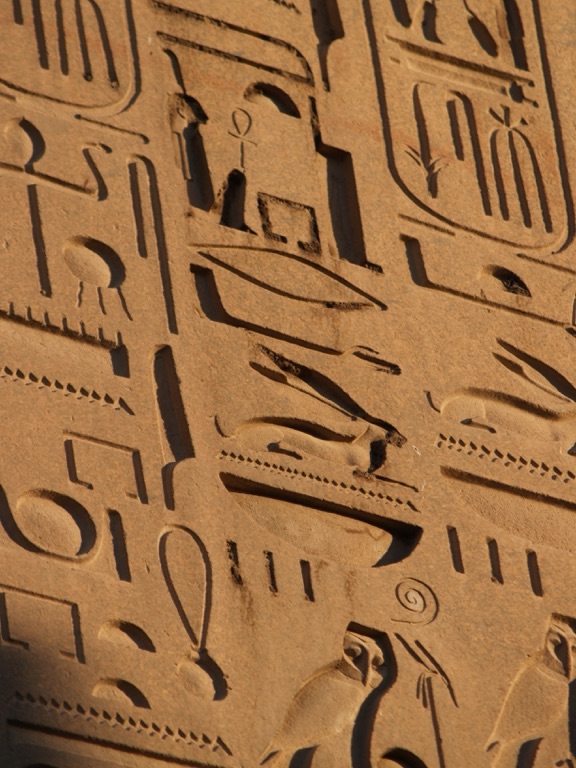
Hieroglyphs in Everyday Communication
But hieroglyphics did not only find a place in the holy context. Commoners and scribes alike employed them in their everyday affairs. From marketplace transactions to documenting historical events, hieroglyphs were there. Yet, the use of hieroglyphs was not uniformly spread among the populous. It was a skill held by a select few. These scribes underwent intensive training to master the complex symbols. Farmers or craftsmen might know some simple hieroglyphs. But, for the most part, hieroglyphic writing remained in the realm of the educated elite. Careful crafting of documents ensured clear and efficient operation of the extensive, ancient bureaucracy.
Symbolism and Legacy of Hieroglyphs
Hieroglyphs carry a legacy that transcends time, with symbols rich in meaning. Each one is a piece of a larger puzzle that reveals insights into daily and spiritual life. They include images of daily objects as well as more abstract concepts, such as honor and emotion. This blend of the mundane and the mystical reflects a worldview where the spiritual realm was interwoven with the earthly. The Rosetta Stone’s rediscovery ignited a renewed fascination with hieroglyphs. It led to a breakthrough in understanding this ancient form of writing. Today, hieroglyphs connect us with a civilization long gone. They remain a vibrant testament to the human capacity for communication and expression.
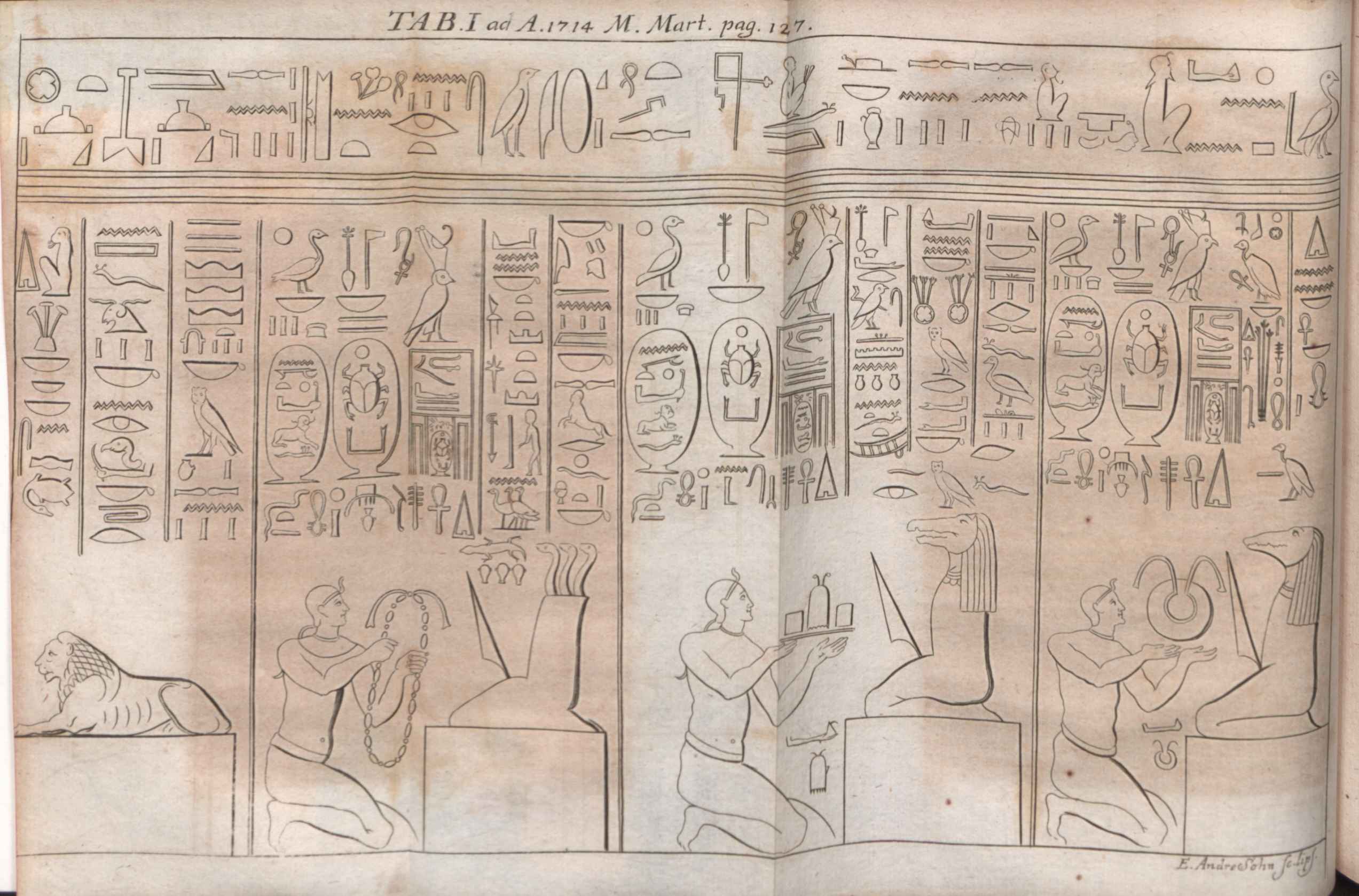
Modern Understanding and Interpretation
Evolution of Knowledge
As we venture further into the 21st century, our grasp of the world evolves with each discovery. Thanks to global connectivity, we can now share knowledge with unprecedented speed. This has sparked a democratization of information, transforming how we interpret facts about hieroglyphics and theories. People from different backgrounds contribute new perspectives, enriching our collective understanding. The archival nature of the internet allows us to access a vast history of thought, enabling deeper analyses and more nuanced interpretations of complex concepts. With each generation, these progressive views transform our collective perception.
Role of Technology in Interpretation of the Hieroglyphics
Technology plays a pivotal role in modern interpretation, enabling us to decode languages, ideas, and patterns like never before. Machine learning and artificial intelligence tools sift through data, revealing insights humans might overlook. From medical diagnostics to climate change models, technology equips us with the means to assess and interpret vast amounts of information quickly. It has become an extension of our cognitive processes, refining our interpretation skills and pushing the boundaries of human understanding. We rely on these advances to navigate the complexities of our increasingly data-driven world.
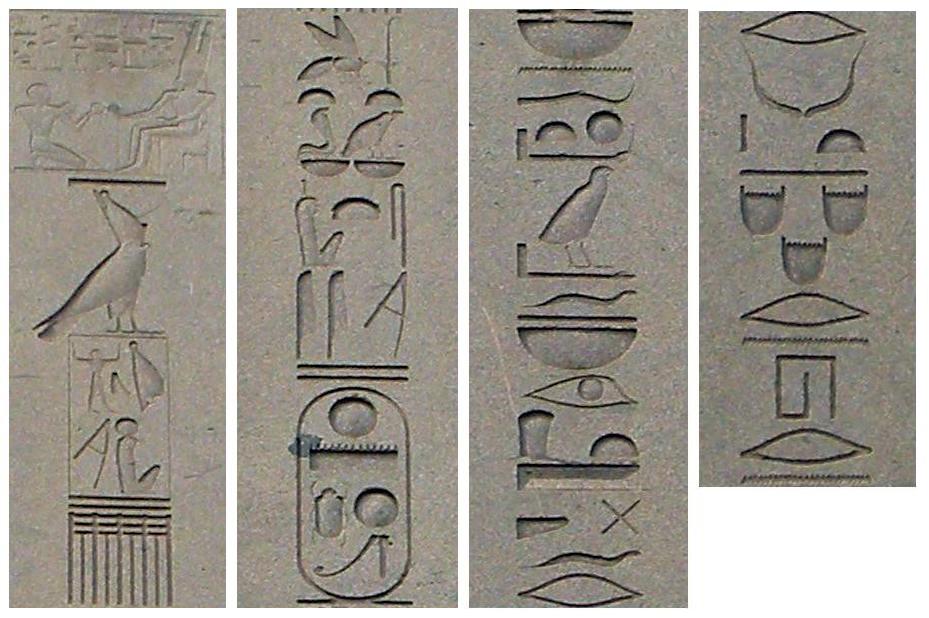
Cultural and Contextual Interpretation of Hieroglyphics
Cultural diversity brings a rich tapestry of interpretations to the world stage. Every society views the world through the lens of its unique cultural context, affecting how we interpret behaviors, texts, and events. This highlights the need for cultural sensitivity and awareness in our interpretations. Moreover, the emphasis on context has blossomed, steering us away from one-dimensional assessments. When examining historical events or literary works, understanding the context broadens our comprehension and enables a more empathetic and accurate analysis of the subject matter.
Unveiling the Past: Innovative Techniques in History
The Chronology of Ancient Civilizations
Dating methods play a pivotal role in understanding the timeline of history. Archaeologists use radiocarbon dating to pinpoint the age of organic materials. This method measures the decay of carbon-14, allowing us to date artifacts up to 50,000 years old. Dendrochronology, or tree-ring dating, is another technique. It cross-references tree rings to date wooden structures or artifacts. These methods provide a firm base to place ancient events into a global chronology. With these techniques, the once blurry lines of history become sharper, offering a clearer image of the past.
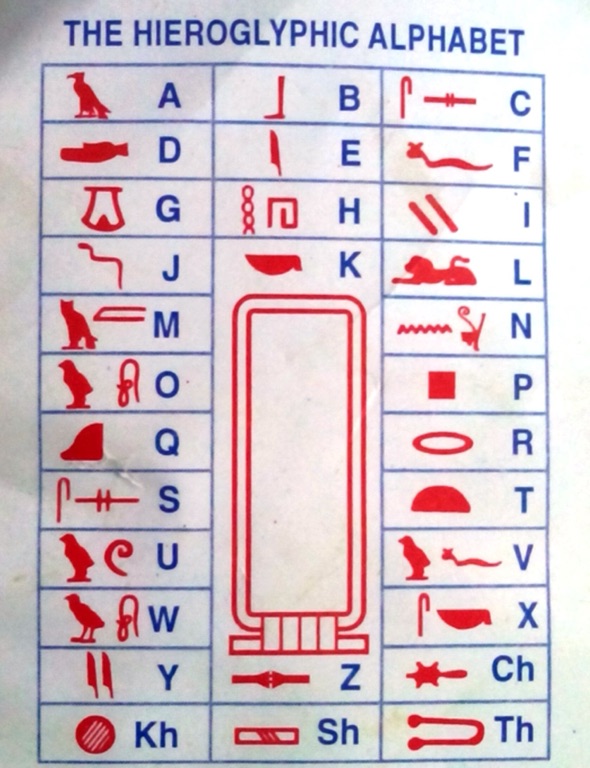
Debating Histories: Theories and Uncertainties
While dating methods give us a factual basis, theories often fill in the gaps of our knowledge. Some historical events or sites are shrouded in mystery, leading to various interpretations. Take the fall of the Roman Empire, for instance. Many theories suggest different causes like economic failure, military defeat, or even lead poisoning. These theories stimulate debate and further research. They prompt us to think critically about history, not just as a set of facts but as an intricate and evolving narrative. By sifting through these varied perspectives, we can appreciate the complexity of past events and their multiple layers of causes and effects.
Impact on Culture: Reverberations through Time
The cultural significance of historical findings cannot be understated. Iconic landmarks such as the Great Wall of China or the Pyramids of Egypt are not just tourist destinations. They are symbols of human ingenuity and endurance. They highlight the cultural values, technological advancements, and societal structures of the times. Interpreting these sites provides us with insight into how these civilizations saw themselves and their world. Their stories echo through time, influencing modern societies in ways that are both direct and subtle. To study history is to study the very foundations of humanity’s cultural heritage.
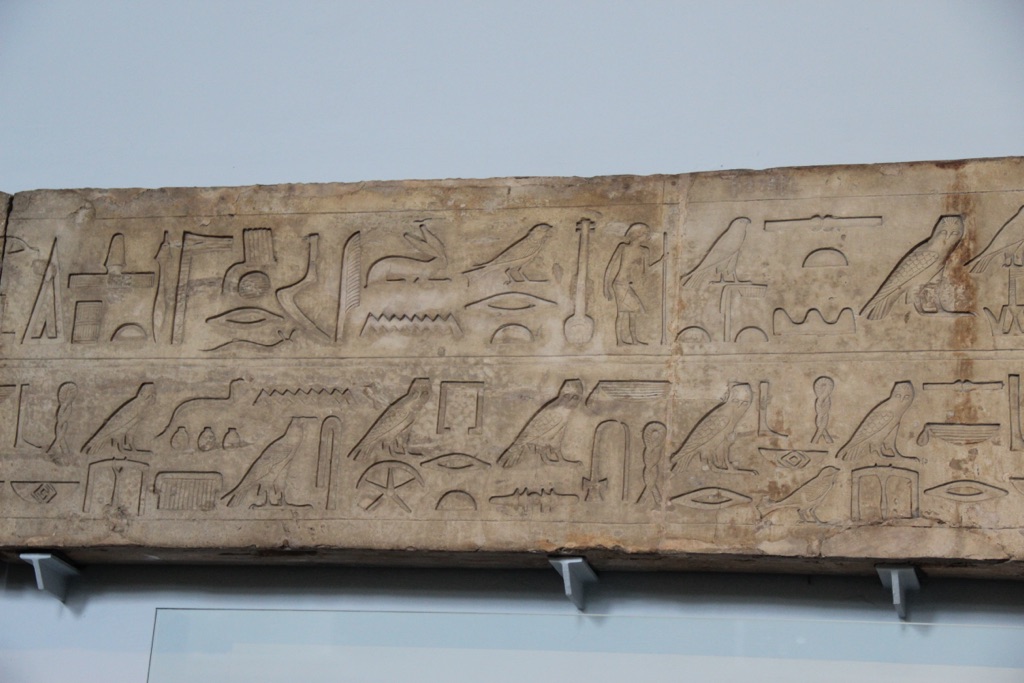
For further reading and to validate the information presented in this article, the following sources are recommended:

